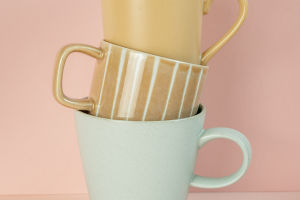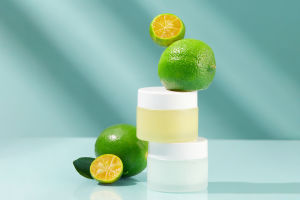In interior decoration, a vase is not just a container for flowers but also an essential element for enhancing the aesthetic appeal of a space.
Proper selection, placement, and pairing of vases can significantly alter the atmosphere and visual impact of a room.
For those unfamiliar with vase pairing, understanding these techniques can help in effectively using vases to decorate a space.
When choosing a vase, the first step is to determine its style and function. The design of the vase should complement the overall style of the room. For instance, a modern minimalist space can benefit from sleek, simple glass or ceramic vases, while a rustic country-style room may be better suited to vases with a handcrafted or vintage look.
The material of the vase is also a crucial factor. Glass vases are typically transparent and fresh, making the flowers stand out; ceramic vases exude a more classic and elegant feel; metal vases convey a modern and industrial vibe. When selecting a vase, ensure that its material harmonizes with the other decor elements in the room.
The shape and size of the vase directly impact how the flowers are displayed. Tall vases are suitable for long-stemmed flowers like lilies or roses, whereas short vases are ideal for shorter flowers such as daisies or carnations. Additionally, the size of the vase should match the dimensions of the table or other placement areas to avoid visual imbalance from overly large or small vases.
When placing vases, choosing the right location is essential. Vases can be placed on tables, bookshelves, or bedside tables. The placement should consider light, ventilation, and the needs of the flowers.
For example, a sunny spot is ideal for flowers that require sunlight, while a cooler, shaded area suits flowers that thrive in less light. It’s also important to consider the height and layering of the vase relative to surrounding objects. Avoid placing vases in overly high positions where they may obstruct the view. Try placing vases at various heights to create visual layers, making the space look more dynamic and interesting.
Additionally, vases should not make the space feel crowded. Ensure there is adequate distance between the vase and other decor items to highlight the vase’s beauty. In smaller spaces, opting for smaller vases or single-stem arrangements can provide decoration without overwhelming the area.
In terms of pairing vases, color coordination is key. The color of the vase should match the surrounding decor. You can choose a vase that complements the main color scheme of the room, or opt for contrasting colors to create visual interest.
For example, in a light-toned room, a dark vase can make the flowers stand out, while in a dark-toned room, a light or bright vase can brighten up the space. The choice of vase should also match the flowers being used. Larger flowers require bigger vases, while slender flowers suit tall, narrow vases. Additionally, the color of the vase can be chosen based on the flowers to achieve a harmonious effect.
For example, white flowers with a clear glass vase create a clean and fresh look. Experimenting with various combinations, such as different heights, materials, and shapes of vases grouped, can add depth and richness to the space. Changing flower and vase combinations with seasonal or festive themes can also enhance the decor.
For practical applications, in the living room, a large ceramic vase can serve as a focal point when paired with tall greenery like palm or bamboo, adding a natural touch and enhancing spatial layers. Smaller glass vases can be placed on side tables or coffee tables with simple single flowers like roses or tulips. For dining tables, a simple, elegant vase with a few flowers like carnations or daisies can add charm without obstructing views.
Choosing a vase that matches the color of the tableware can create a cohesive look. In the bedroom, a small, delicate vase on the bedside table with soft flowers like violets or lilies of the valley can create a tranquil atmosphere. A large vase in the corner of the room with tall flowers can add a splash of color.
In summary, selecting, placing, and pairing vases involves not just aesthetic considerations but also functionality and spatial comfort. By understanding the characteristics of different vase materials, shapes, and sizes, and how to harmonize them with other decor elements in the room, you can effectively use vases to enhance the interior design.


